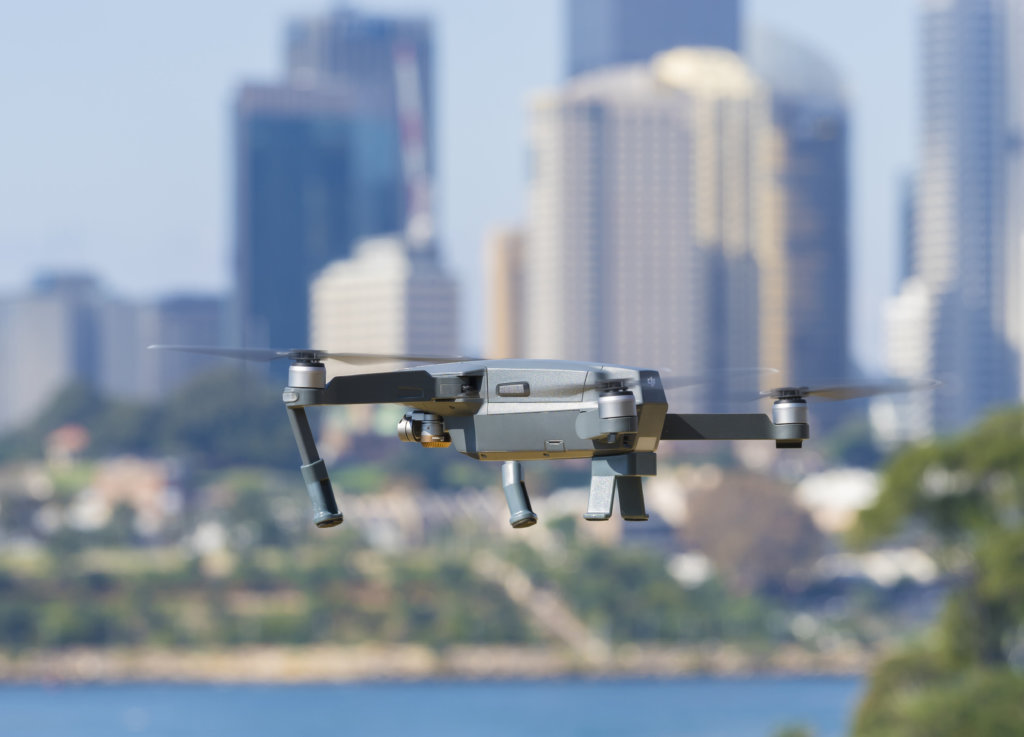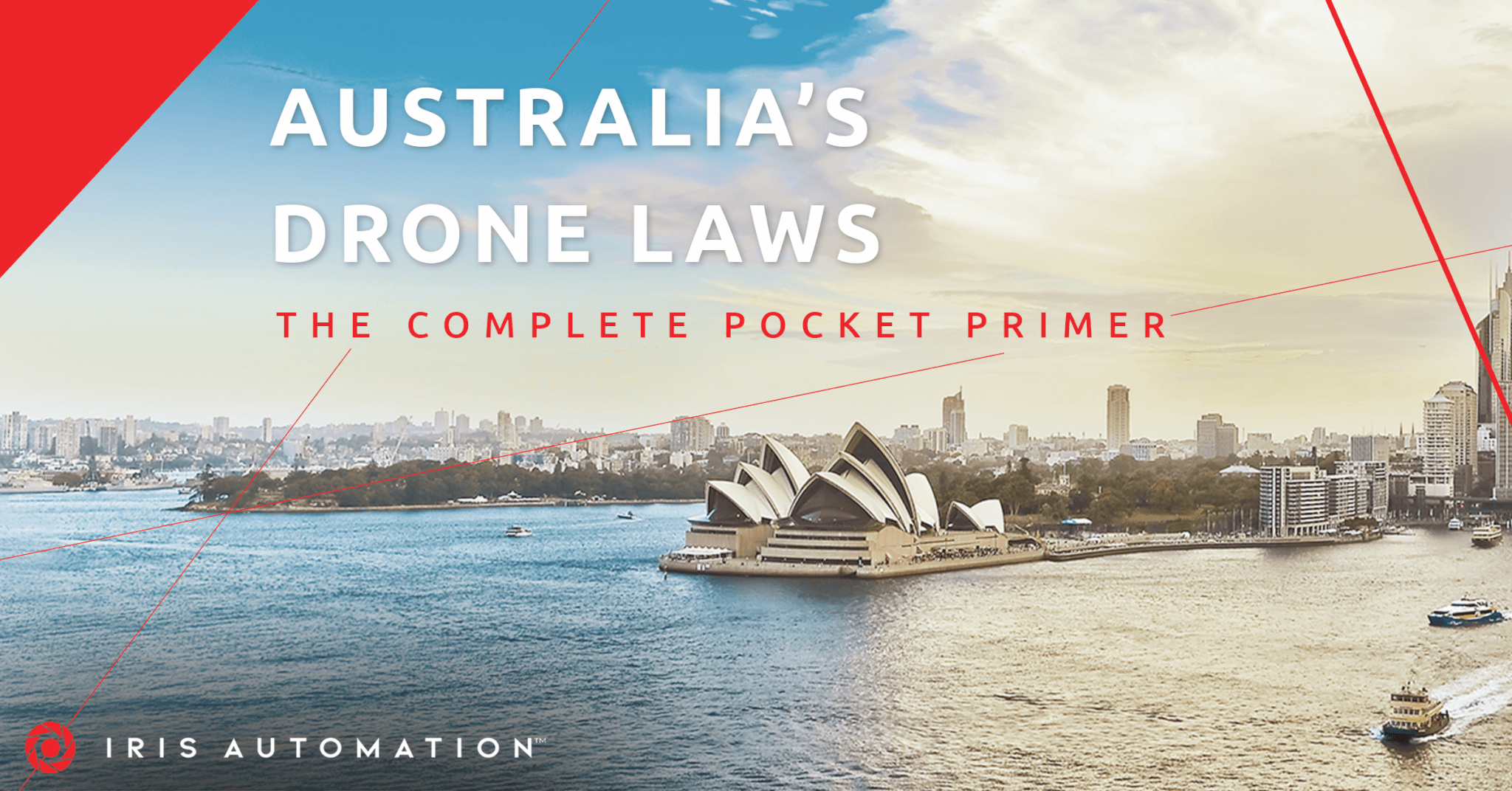by Akaki Kunchulia
We’ve all thought about quitting our jobs and traveling to Australia for weeks or months—with over 12,000 beaches along its expansive coastline, who wouldn’t? Exploring one of the most beautiful and diverse places on earth would be a fun experience. Plus, let’s be honest, we all want to see kangaroos on the side of the road.
To remember all of your journeys, you might take a drone with you and record all of your amazing experiences while traveling in Australia. If you want to fly your drone in nature, take photos of the Sydney opera house, or record a rugby game, you will need to know more about Australia’s rules for drones.
That said, there are some important things to keep in mind before you launch your drone in Australia.
What follows is a complete pocket primer on Australia’s drone laws. Keep reading to learn everything you need to know to operate drones safely in this magnificent Pacific nation.
First Things First: What Exactly Is a Drone?
If you’re new to drones, then you’re probably wondering what constitutes one. In layperson’s terms, a drone is an unmanned aircraft that consists of a ground-based controller and an unmanned aerial vehicle (UAV). Some countries use different terms for drones. For example, Australia defines a drone as a Remotely Piloted Aircraft (RPA).
Drones can be very small or large depending on their use case and how long they need to be in the air. Most amateurs tend to use drones for photography and video. Others use them for the sheer love of flying.
In more advanced use cases, drones support everything from commercial deliveries to emergency response and even military applications.
Drone technology is continuously improving. As a result, new use cases are constantly coming to the surface. Truth be told, it’s incredible how far the technology has come in just a few short years. And the best part? In many ways, we’re just getting started.

Australia Drone Rules: What You Need to Know
Before flying a drone in any country, you need to make sure to look into the laws and regulations, which tend to differ on a country-by-country basis.
The good news is that drones are completely legal in Australia. The Civil Aviation Safety Authority of Australia (CASA) regulates drone use in the country using the following criteria.
Depending on the nature of your drone operations, different rules apply to different use cases; most drone operations are divided into the categories:
- Recreational drones (Hobbyists), and
- Commercial drones
Most of the rules are similar for recreational and commercial drone operations, however, there are some significant differences which we will cover below.
Weight
In general, drones must weigh 25 kg (55pounds) or less in Australia. If you want to fly a drone that’s more than 25kg (55pounds), you’ll need special permission to do so from CASA. This weight restriction keeps pace with similar regulations in places like the United States, the United Kingdom, and Canada. However, even under 25 kg (55pounds), there are different rules for different operators. For further information about different weight restrictions, refer to this CASA link.
Always be aware of your surroundings when setting out with a drone in order to avoid running into trouble.
General
Fortunately or unfortunately, you cannot fly drones in every place. Australia has rules which restrict or allow drone flights based on the specific location.
Drone flights shall not be conducted within a 5.5 km (3.4m) radius of a controlled airport unless your drone weighs less than 250g (0.5lb). However, you can operate RPAs in the vicinity of helipads and uncontrolled airports. In this case, you have to be vigilant of any manned air traffic in the area and if your drone flight imposes a risk to the manned aircraft flight, you have to maneuver away or land immediately.
In general, you are not allowed to fly your drone above any human and especially not above crowds (concerts, sporting events, protests, etc). Also, your drone should be at least 30meters (100ft) away from any human on the ground. To respect people’s privacy, remember that you have to obtain prior approval to record or photograph anyone on the ground. Australians are also very protective of marine and wildlife. It is always a good idea to check all of the local regulations before you take off.
Height limitation has a similar value as in other countries—120m (400ft) above ground level. This mostly entails Class G airspace and excludes controlled airspace. If you want to fly your drone above this height or within controlled airspace, you need to seek special authorization from CASA.
There are no specific limitations on how far you can fly a drone. However, at all times, you have to maintain a visual line of sight of your RPA and operate during daylight hours. You cannot substitute the visual line of sight requirement by any types of supplemental equipment (monitor, goggles) to see your drone. Any operations which include beyond visual line of sight or night operations should be pre-approved by CASA.
You cannot operate a drone while public safety or emergency procedures are in progress. This entails a car accident, police activity, wildlife fire, flooding, etc.
As a rule of thumb, it is always a good idea to check local rules and regulations regarding drone flights in conjunction with the national Australian drone rules. To assist you in this non-trivial task, CASA recommends checking several helpful apps which will let you know if you can fly in certain areas or not.
Recreational vs Commercial operations
While most of the drone laws are similar for all drone operations, there are specific differences between recreational and commercial operations. In general, you don’t need a remote pilot license to operate a drone if you are following all of the other rules.
If you intend to operate a drone as business or as your day job, we strongly recommend obtaining a Remote Pilot License and/or Operator accreditation. The process is not very complex and you can find the details here.
Drone Use in Australia: FAQ
Here are some questions that customers have been asking about flying drones in Australia.
Are Drones Popular in Australia?
Drones are becoming increasingly popular in Australia with each passing year. Australia is the only place in the world where you can get a license to operate a commercial drone delivery service. Most of the other countries require you to get an exemption from the regulations.
Can You Fly Drones in Australia’s National Parks?
If you want to fly your RPA within the area of Australia’s national parks, you first have to check state or territory rules which govern certain areas. Australians are also very protective of marine and wildlife. It is always a good idea to check all the local regulations before you take off. If you break the rules, you might be fined by the government tens of thousands of dollars.
If you want to fly a drone in a national park, you’ll have to seek approval.
The Bottom Line
Whether you’re a local citizen who loves drones or you’d just like to check out a few of those thousands of beaches, Australia is a great place to fly a drone. We encourage everyone to go check it out; and flying a drone can give you even more spectacular perspective of the beautiful country.
Follow these rules, and you’ll have no trouble flying a drone around Australia. It’ll be an unforgettable experience.
To learn more about how Iris Automation is improving international drone usage, read this.

